- Curule stool seat in polished wrought iron with gilt brass ornamentation, 20th century work. An X-shaped base formed by two tangent semicircles and connected together by a fluted central crosspiece. The junction point features a spherical gilt brass ornament that echoes those surmounting the upper semicircles while the lower ones end with deer or bovine hooves. The seat is made possible thanks to stretched black leather
- This seat is part of the fashion for neo-classical seats of the Directoire period during which the taste for the antique was expressed and imposed itself at the end of the 18th century. With the discoveries of Herculaneum and Pompeii, antique forms were brought back into fashion, thanks in particular to the painter Jacques-Louis David who, for the composition of his paintings in the studio, designed his furniture and entrusted its execution to the cabinetmaker Georges Jacob. Just like the chaise longue, the Athenian... the curule armchairs are part of the characteristic furniture of this period.
-The curule, an official chair on which only Roman magistrates and pro-magistrates possessing the imperium could sit, represented a symbol of power in ancient Rome. Through the metallic materials used (iron and brass) and the mixture of curvilinear forms and straight lines, this stool is a new translation of the curule into 20th century language. This work is similar to the production of Maison Jansen. -Good condition, minor wear to be noted on the leather.
-Dimensions: Height: 45.5 cm, Width: 46.5 cm, Depth: 36.5 cm


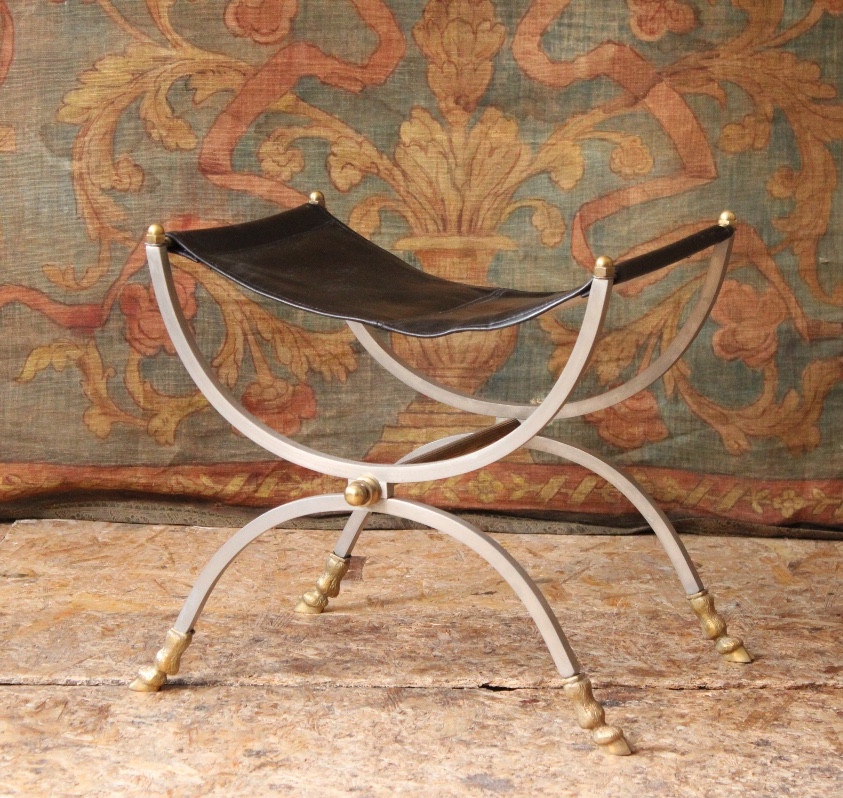
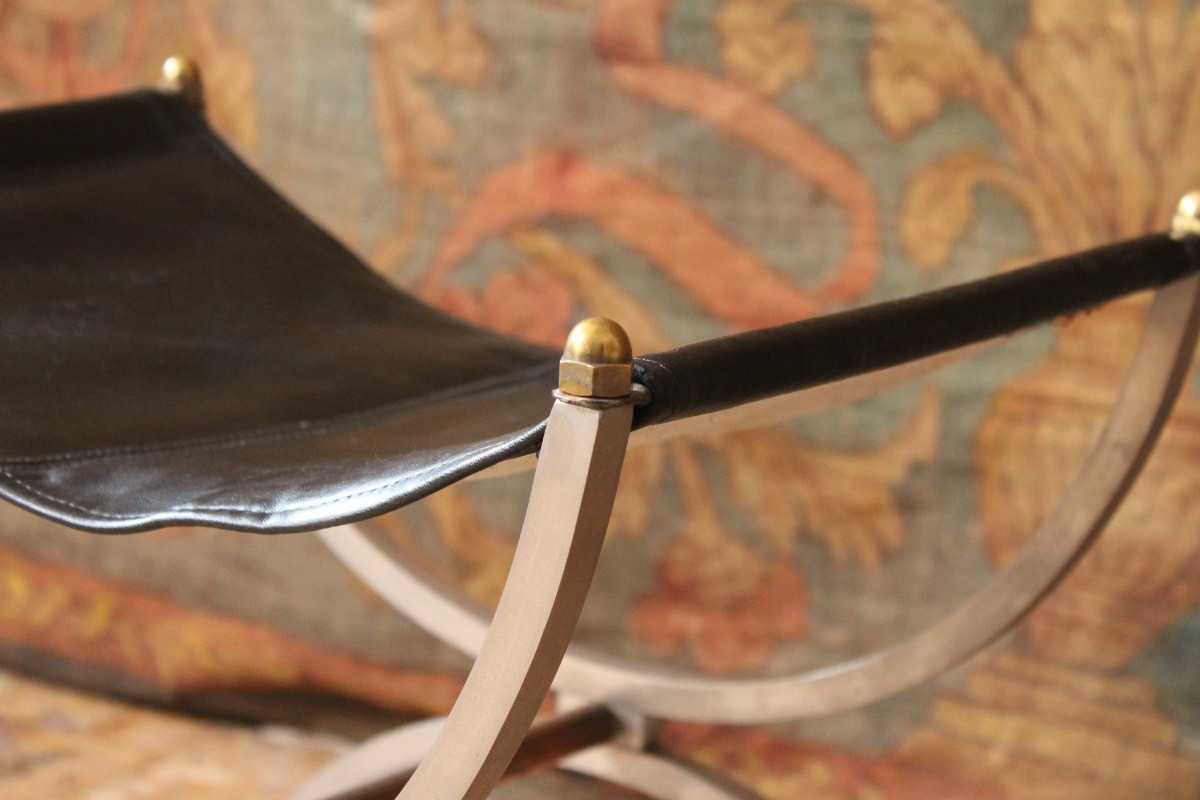










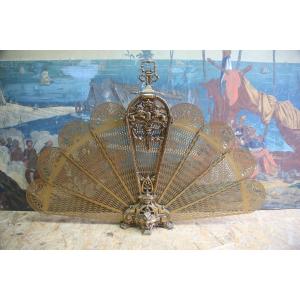

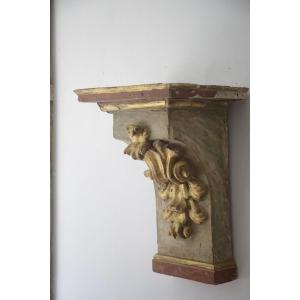




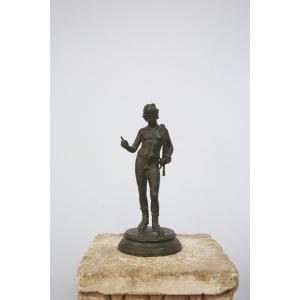












 Le Magazine de PROANTIC
Le Magazine de PROANTIC TRÉSORS Magazine
TRÉSORS Magazine Rivista Artiquariato
Rivista Artiquariato